A phrase I have said for literal years of my life is this… “well, for the love of Thomas Hardy”. I used it in situations when another might say “Oh, for the love of god.” Now I was not equating Thomas Hardy with anyone’s god by any means, I just picked it up somewhere and used it fairly frequently. Assuming that this was a well-known idiom, I never stopped to question the quizzical looks from people on the receiving end of the strange turn of phrase.
Turns out that it is NOT a real expression. I looked it up online, expecting some awesome intellectual to have done the dirty work for me and found its origins. And nothing, nada… zilch. I felt vaguely certain that I had heard someone say it before, some classy lady, somewhere. It turns out I had! After extensive research, I found it was a phrase said by none other than Helen Mirren in the movie Inkheart, which came out in 2008, based on the book of the same name. So my embarrassing question is this… why are we not using this phrase more often? Try it out, if anything we can guarantee it’s good for a chuckle (on your end, of course… don’t forget the quizzical looks from the receiver).
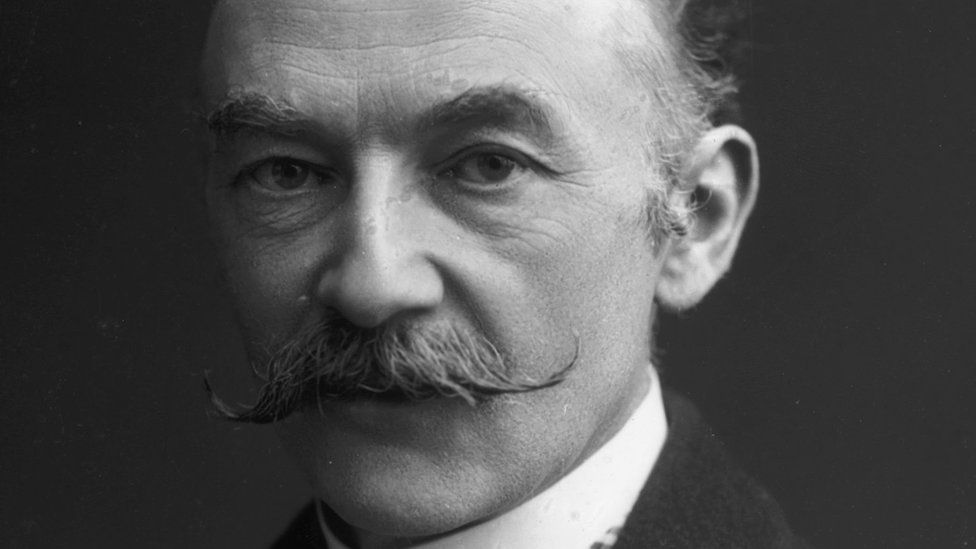
Thomas Hardy was born on June 2nd, 1840, in a small hamlet east of Dorchester in Dorset, England. His family was of modest means, and though his father was a local builder, Hardy’s mother was well-read and literate and taught Thomas to read at an early age. He did well in school, but upon graduation at the age of 16 Hardy did not have the means to pursue a University education, and became an apprentice architect to a local man for several years. At the age of 22, Hardy had worked enough to foster a move to London to attend King’s College where he did design work with his architectural skills. Despite his success there, Hardy never felt truly at ease in the city – he was keenly aware of the class divisions and became extremely interested in social reform – a key element that would make itself known in his later works. In 1867, after only five years in London, Hardy chose to return to the countryside and settled in Weymouth while beginning his writing career alongside working as an architect.

Our beautiful 1958 copy of Far from the Madding Crowd put out by the Limited Editions Club and signed by the illustrator!
Hardy began writing novels the same year he chose to leave London. His first novel, The Poor Man and the Lady, could not find a publisher willing to work with it due to its highly political nature. In fact, Hardy’s friend and fellow author George Meredith even concluded that attempting further to get the story published might harm Hardy’s ability to have work published in the future. Deciding the cons outweighed the pros, Hardy shelved the book and went on to publish several novels in the 1870s, including Desperate Remedies (1871), Under the Greenwood Tree (1872), A Pair of Blue Eyes (1873) and Far from the Madding Crowd (1874) – a work he is well-known for today. Hardy, beginning by being published anonymously, quickly took credit for his works and was a prolific writer through the rest of his life. He went on to publish ten more novels after Far from the Madding Crowd (including Tess of the D’Ubervilles and Jude the Obscure – other popular Hardy titles), dozens of short stories, and several books of poetry.
Hardy’s written style has been classified as Victorian realism – he used his own experiences in London, seeing the detriments of such a classist society in England, to fuel his writing and criticisms of the social constraints found in all aspects of Victorian life. The human suffering caused by these limitations set upon people are constant themes in all of his works. In his own way, Hardy wished to banish the conventions found in society, religion, romantic relationships and friendships and live a freer life. Hardy also full-heartedly believed in fate, and its ability to change destiny, another theme commonly found in his characters’ journeys.
Hardy and his work were an influence on many, many creatives and authors both in his time and ever since – some of the more notable ones include D.H. Lawrence, Virginia Woolf, Anais Nin, John Cowper Powys and W. Somerset Maugham. His courage to bring attention to the disadvantages of common societal roles was admittedly brave for his time. He is a great example of an author who broke literary norms to help lead us into modern day life. (Which, despite the myriad of problems we still face and propagate, has the advantage of being a much more liberated, independent society where anything is possible.) So a very Happy Birthday to him… and for the love of Thomas Hardy!




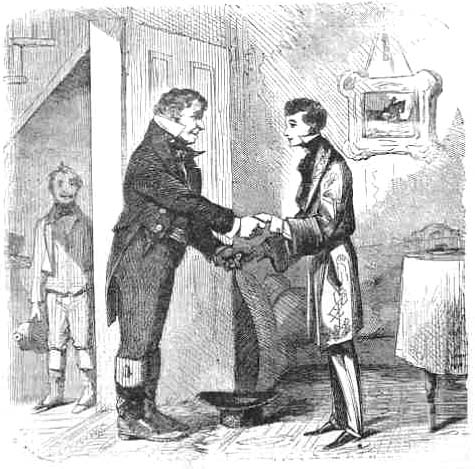 Starting with a short overview of the story (for the .000001% of you that have been living under a rock these past 160 years), we can come to look at the “expectations” housed within and see what we can decipher from the moral tale it holds. When young orphan Pip encounters an escaped criminal hiding in a churchyard one Christmas Eve, it gives him the fright of his life. The young boy is scared into thieving for the convict, and though the criminal is recaptured and clears Pip of suspicion, the incident colors Pip’s outlook on life. The young boy is sent to the house of the spinster and slightly mad Miss Havisham, to be used as entertainment for the lady and her adopted, aloof and haughty daughter Estella. Pip falls in love with Estella and visits them regularly until he is old enough to be taught a trade as an apprentice blacksmith. Four years into Pip’s apprenticeship, however, a lawyer arrives with news that Pip has anonymously been provided with enough money to become a gentleman. An astonished Pip heads to London to begin his new life, assuming Miss Havisham is to thank for his unexpected new windfall. Once in London the young Pip is introduced into some society, and makes new friends. His heart still belonging to Estella, he is ashamed of his previous life and expects his social advancement, new wealth and sudden social standing to sway her emotions towards him more favorably. It does not, Estella remains cold as ever, and Pip’s illusions are finally shattered when he realizes that his benefactor is not Miss Havisham at all, but the escaped convict Magwitch whom he helped in the churchyard all those years before. Through many mishaps and misfortunes, Pip and his friends attempt to help Magwitch escape England (which is ultimately unsuccessful), where he had returned to simply to make himself known to Pip. Pip learns valuable lessons throughout the story – interestingly not necessarily from those with money and social standing, but more often than not from those in his own class. The story has a kind ending, with Pip and an altered, warmer Estella walking hand in hand over a decade after her initial rejection of him (though Dickens originally planned a more likely, yet more disheartening end to the story and was convinced by Edward Bulwer-Lytton to change it).
Starting with a short overview of the story (for the .000001% of you that have been living under a rock these past 160 years), we can come to look at the “expectations” housed within and see what we can decipher from the moral tale it holds. When young orphan Pip encounters an escaped criminal hiding in a churchyard one Christmas Eve, it gives him the fright of his life. The young boy is scared into thieving for the convict, and though the criminal is recaptured and clears Pip of suspicion, the incident colors Pip’s outlook on life. The young boy is sent to the house of the spinster and slightly mad Miss Havisham, to be used as entertainment for the lady and her adopted, aloof and haughty daughter Estella. Pip falls in love with Estella and visits them regularly until he is old enough to be taught a trade as an apprentice blacksmith. Four years into Pip’s apprenticeship, however, a lawyer arrives with news that Pip has anonymously been provided with enough money to become a gentleman. An astonished Pip heads to London to begin his new life, assuming Miss Havisham is to thank for his unexpected new windfall. Once in London the young Pip is introduced into some society, and makes new friends. His heart still belonging to Estella, he is ashamed of his previous life and expects his social advancement, new wealth and sudden social standing to sway her emotions towards him more favorably. It does not, Estella remains cold as ever, and Pip’s illusions are finally shattered when he realizes that his benefactor is not Miss Havisham at all, but the escaped convict Magwitch whom he helped in the churchyard all those years before. Through many mishaps and misfortunes, Pip and his friends attempt to help Magwitch escape England (which is ultimately unsuccessful), where he had returned to simply to make himself known to Pip. Pip learns valuable lessons throughout the story – interestingly not necessarily from those with money and social standing, but more often than not from those in his own class. The story has a kind ending, with Pip and an altered, warmer Estella walking hand in hand over a decade after her initial rejection of him (though Dickens originally planned a more likely, yet more disheartening end to the story and was convinced by Edward Bulwer-Lytton to change it).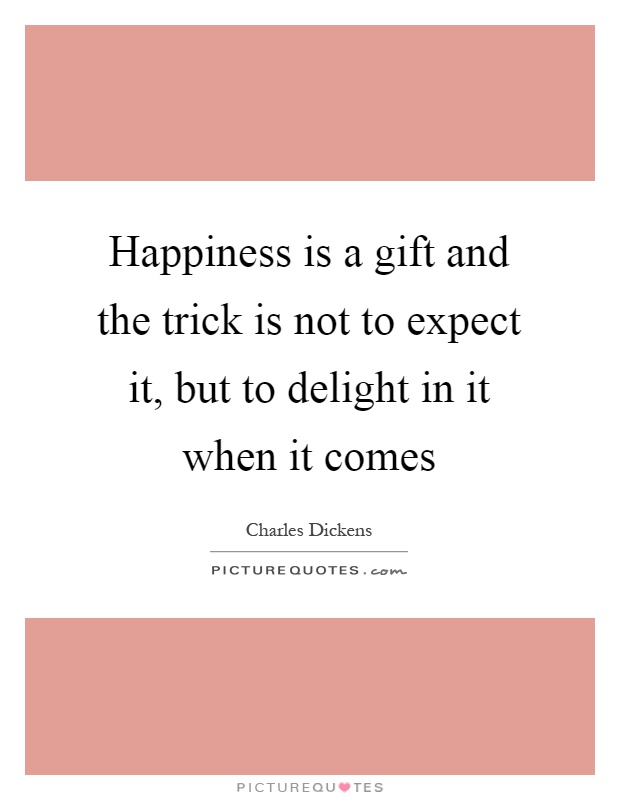
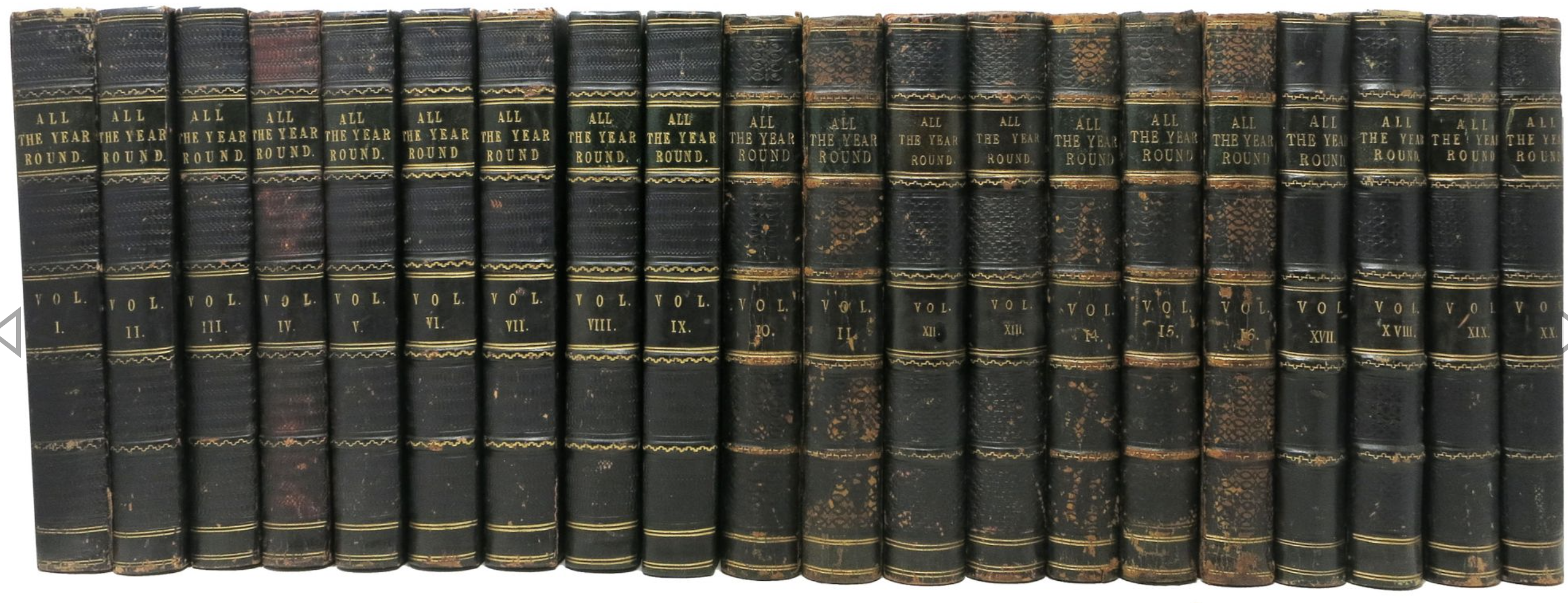
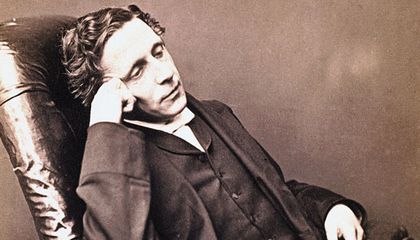

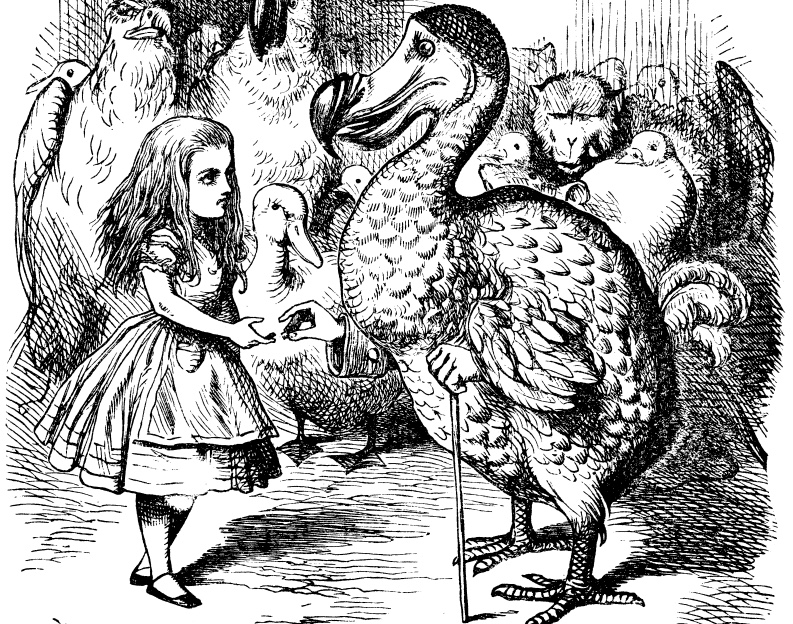
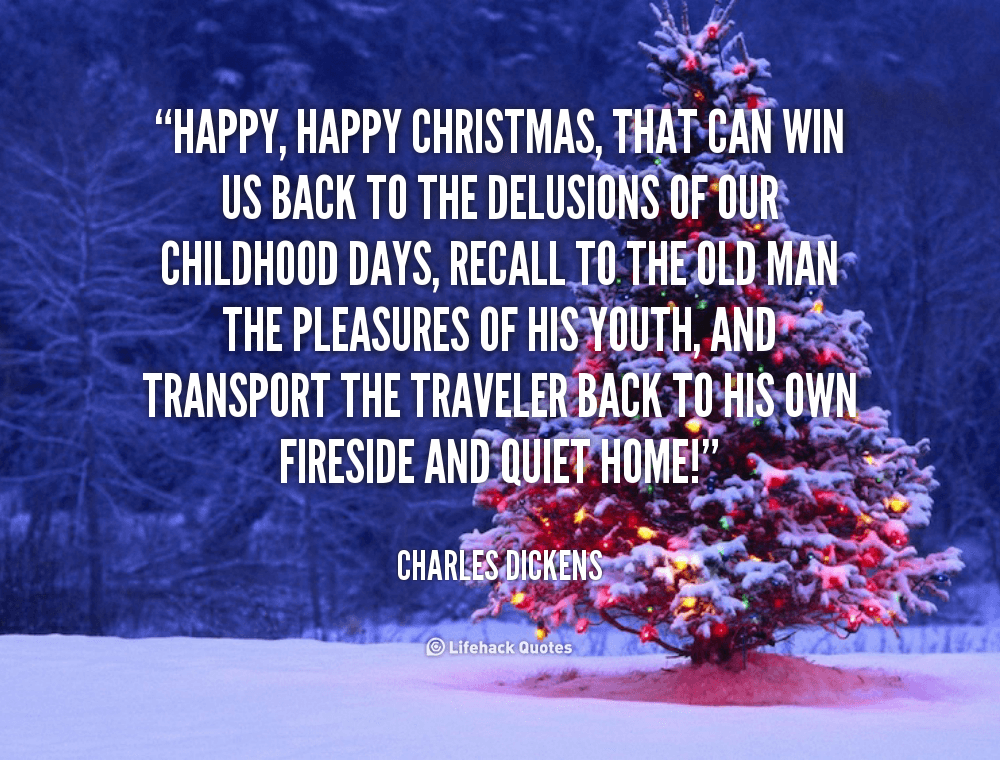
 Before Dickens published A Christmas Carol (written in only a six short weeks, and published the week before Christmas at considerable expense to Mr. Dickens), he and his wife Catherine were experiencing your average hardships. They were expecting their fifth child, and supplications of money from his aging father and family, with dwindling sales from his previous works had put him into a tough financial place. In the fall of 1843, a 31-year-old Dickens was asked to deliver a speech in Manchester, supporting adult education for manufacturing workers there. His extreme interest in the subject (one that hit a bit too close to home, I believe) and his resolve to aid the lowly pushed an idea to the forefront of his mind – a speech can only do so much… to get to the crux of the matter he would need to get into the hearts, minds and homes of his readership and country. As the idea for A Christmas Carol took shape and his writings began, Dickens himself became utterly obsessed with his own story. As his friend John Forster remarked, Dickens
Before Dickens published A Christmas Carol (written in only a six short weeks, and published the week before Christmas at considerable expense to Mr. Dickens), he and his wife Catherine were experiencing your average hardships. They were expecting their fifth child, and supplications of money from his aging father and family, with dwindling sales from his previous works had put him into a tough financial place. In the fall of 1843, a 31-year-old Dickens was asked to deliver a speech in Manchester, supporting adult education for manufacturing workers there. His extreme interest in the subject (one that hit a bit too close to home, I believe) and his resolve to aid the lowly pushed an idea to the forefront of his mind – a speech can only do so much… to get to the crux of the matter he would need to get into the hearts, minds and homes of his readership and country. As the idea for A Christmas Carol took shape and his writings began, Dickens himself became utterly obsessed with his own story. As his friend John Forster remarked, Dickens
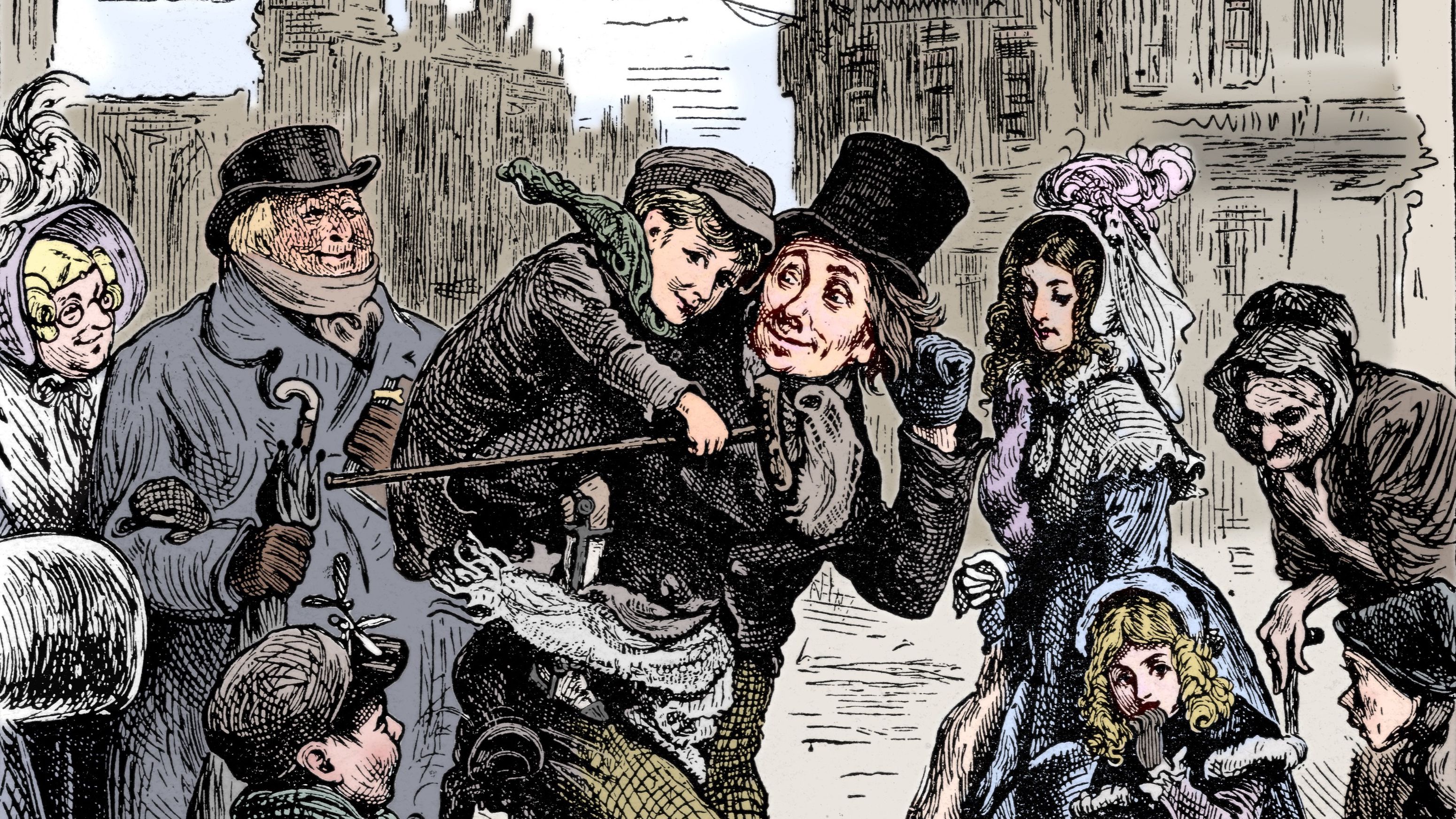
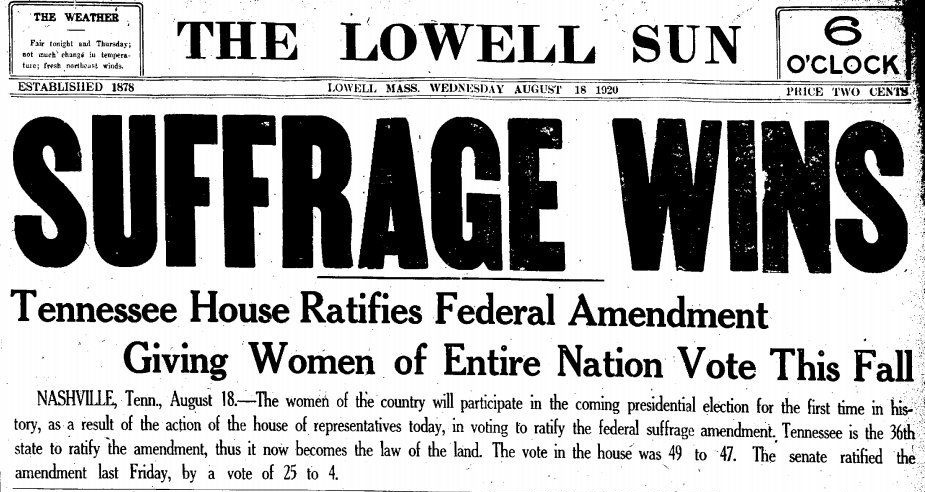
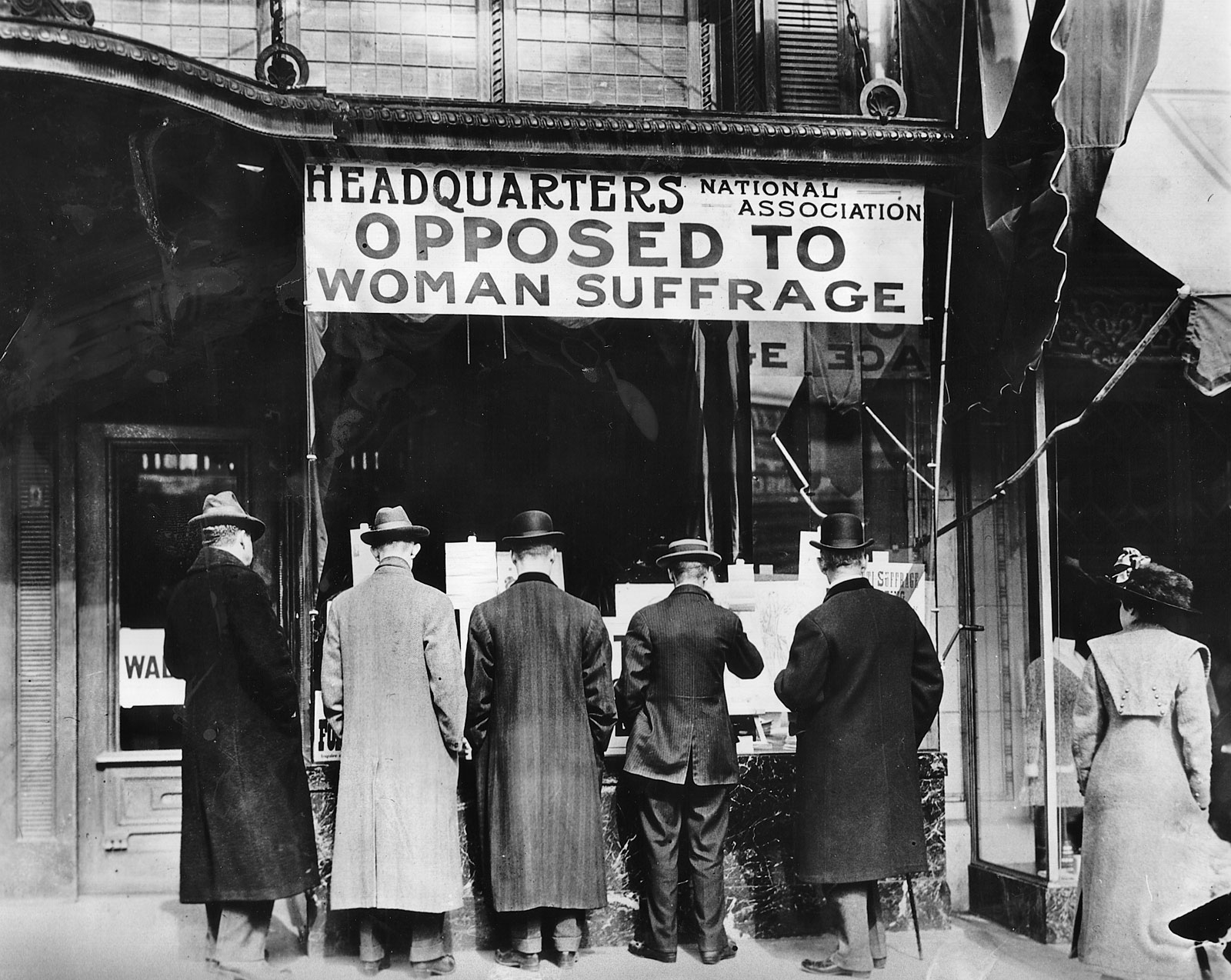 The opposition of female public speaking wasn’t simply a hurdle. Much of the opposition was so strong that it led to violence. Many female conventions and rallies were disrupted with extreme forcefulness and cruelty, inciting suffrage leader Susan B. Anthony to state this: “No advanced step taken by women has been so bitterly contested as that of speaking in public. For nothing which they have attempted, not even to secure the suffrage, have they been so abused, condemned and antagonized.” Her statement cemented the fact that it was not so much the idea of women voting that bothered their contemporaries, but rather it was women breaking out of the cages they had for so long been held and standing up for themselves publicly that was the problem.
The opposition of female public speaking wasn’t simply a hurdle. Much of the opposition was so strong that it led to violence. Many female conventions and rallies were disrupted with extreme forcefulness and cruelty, inciting suffrage leader Susan B. Anthony to state this: “No advanced step taken by women has been so bitterly contested as that of speaking in public. For nothing which they have attempted, not even to secure the suffrage, have they been so abused, condemned and antagonized.” Her statement cemented the fact that it was not so much the idea of women voting that bothered their contemporaries, but rather it was women breaking out of the cages they had for so long been held and standing up for themselves publicly that was the problem. 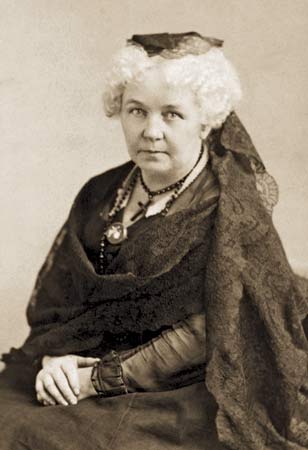 In 1869, Elizabeth Cady Stanton and Susan B. Anthony (two of the main “heavy hitters” in the suffrage movement) joined forces to create the National Woman Suffrage Association, and began the fight for a “universal suffrage amendment to the U.S. Constitution” (History.com). It was Stanton’s belief early on that the only way to change the way women were treated was through government political reform. While some believed that though women deserved rights, support, protection (from domestic abuse) and equal pay – they did not necessarily require the right to vote, Stanton believed the right to vote was integral to all the other matters listed. And she was not wrong. The same year, Lucy Stone, Julia Ward Howe and Henry Blackwell formed the American Woman Suffrage Association (AWSA). These two leagues were enmeshed in a bitter feud that would last decades, their participants disagreeing on the Fifteenth Amendment – allowing African American men the right to vote. Some, like Stanton and Anthony, rejected the Amendment, believing that woman’s suffrage was more important, and mistakenly believing that African American men opposed women’s suffrage and would fight against their cause. Stone and other members of AERA, on the other hand, supported their previously oppressed fellow citizens and supported their victories, in hopes they would help support the women’s movement in return. This is not to say that racial bias did not exist in both organizations, as it most definitely did, despite both groups being strongly associated with the abolitionist movement. Their rivalry would last until 1890.
In 1869, Elizabeth Cady Stanton and Susan B. Anthony (two of the main “heavy hitters” in the suffrage movement) joined forces to create the National Woman Suffrage Association, and began the fight for a “universal suffrage amendment to the U.S. Constitution” (History.com). It was Stanton’s belief early on that the only way to change the way women were treated was through government political reform. While some believed that though women deserved rights, support, protection (from domestic abuse) and equal pay – they did not necessarily require the right to vote, Stanton believed the right to vote was integral to all the other matters listed. And she was not wrong. The same year, Lucy Stone, Julia Ward Howe and Henry Blackwell formed the American Woman Suffrage Association (AWSA). These two leagues were enmeshed in a bitter feud that would last decades, their participants disagreeing on the Fifteenth Amendment – allowing African American men the right to vote. Some, like Stanton and Anthony, rejected the Amendment, believing that woman’s suffrage was more important, and mistakenly believing that African American men opposed women’s suffrage and would fight against their cause. Stone and other members of AERA, on the other hand, supported their previously oppressed fellow citizens and supported their victories, in hopes they would help support the women’s movement in return. This is not to say that racial bias did not exist in both organizations, as it most definitely did, despite both groups being strongly associated with the abolitionist movement. Their rivalry would last until 1890.

 In 1910, some of the Western states slowly began extending the vote to their female citizens. State by state, women were gaining rights (though there was still a significant ways to go). States in the South and the Northeast resisted. WWI once again slowed the momentum of the party, but women’s work in the war effort helped to engender support for their intelligence and abilities in the long run. Their aid proved their patriotism and that they were as deserving of rights as men were. A parade for women’s rights in 1917 in New York City consisted of hundreds of women, carrying placards with over 1 million female signatures on them… a far cry from where they started out, with less than 1% of the population’s support.
In 1910, some of the Western states slowly began extending the vote to their female citizens. State by state, women were gaining rights (though there was still a significant ways to go). States in the South and the Northeast resisted. WWI once again slowed the momentum of the party, but women’s work in the war effort helped to engender support for their intelligence and abilities in the long run. Their aid proved their patriotism and that they were as deserving of rights as men were. A parade for women’s rights in 1917 in New York City consisted of hundreds of women, carrying placards with over 1 million female signatures on them… a far cry from where they started out, with less than 1% of the population’s support. 
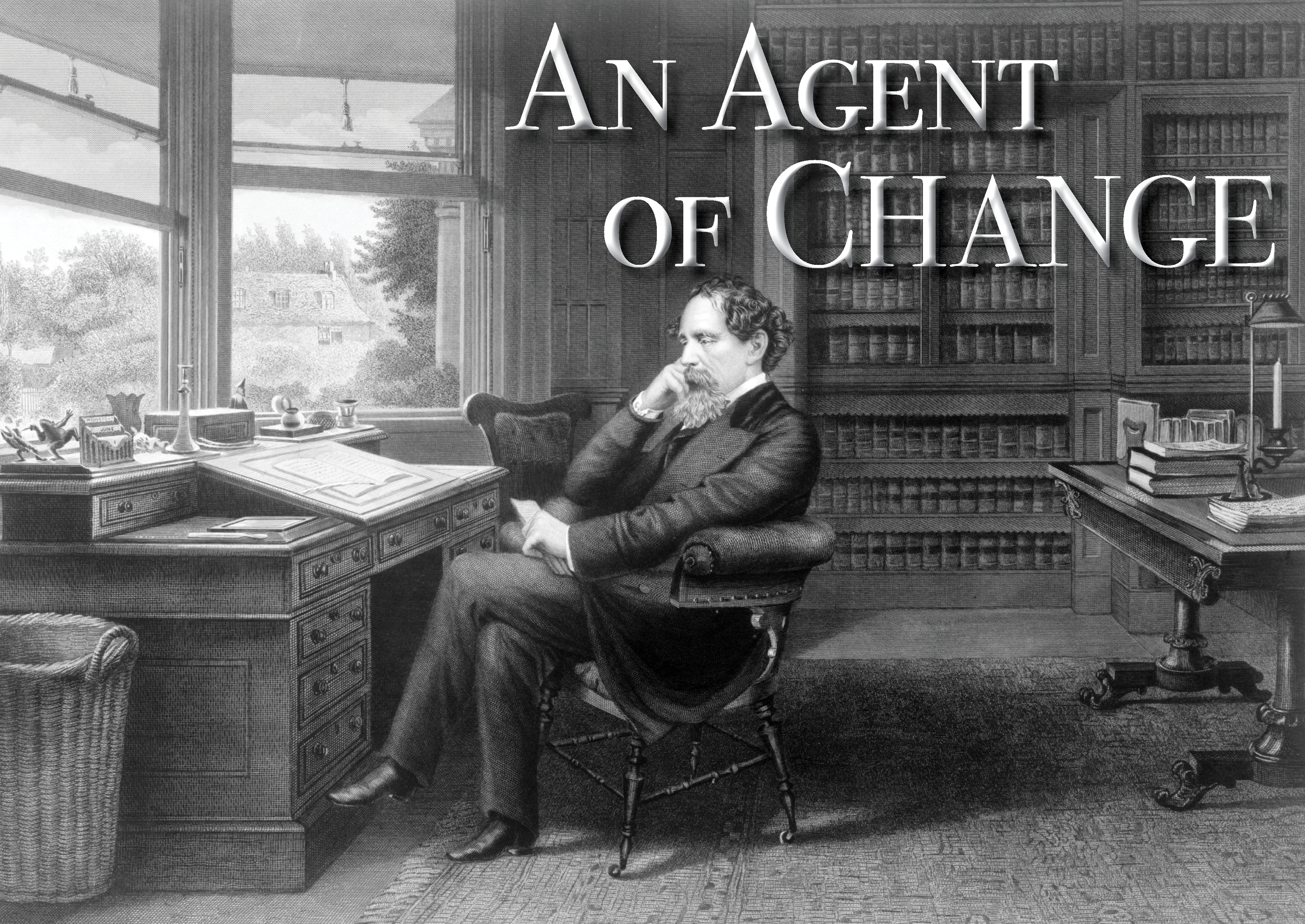



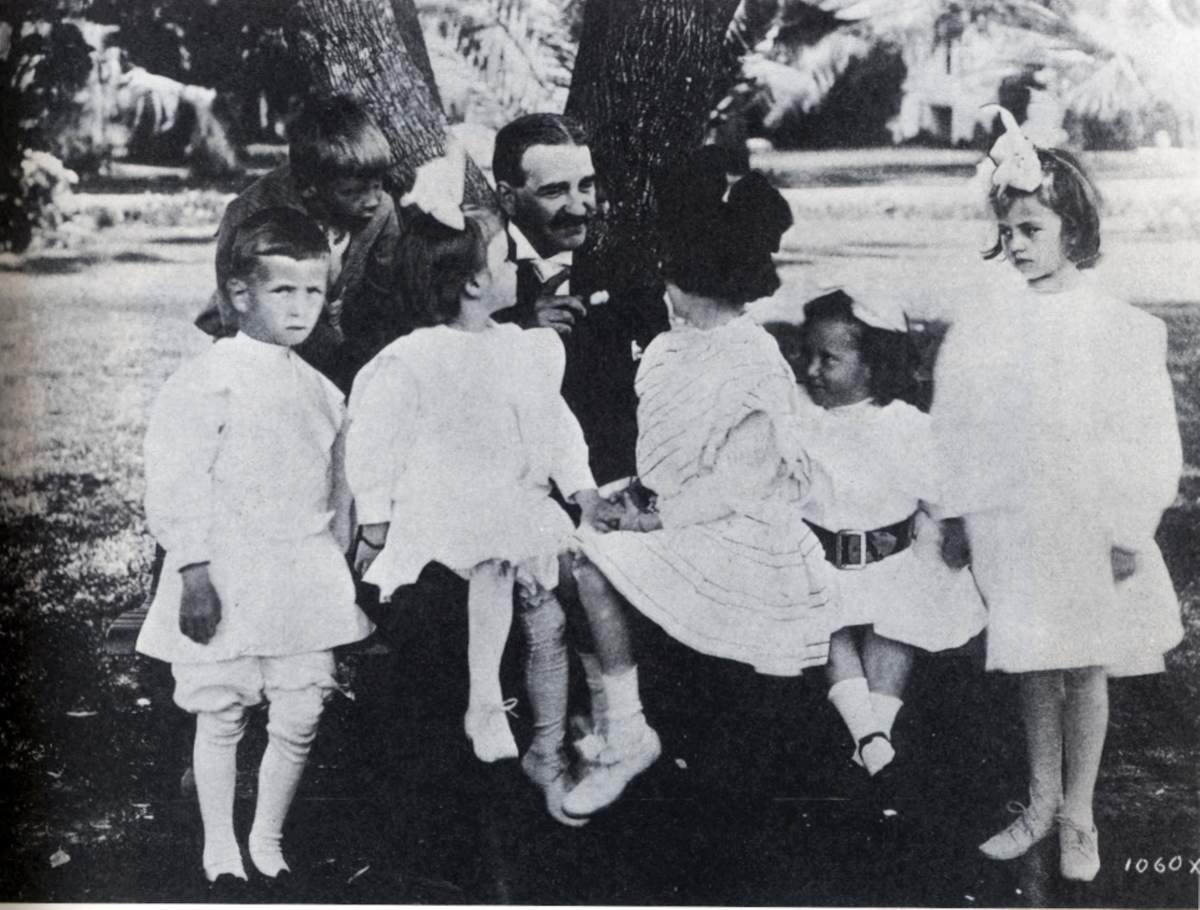
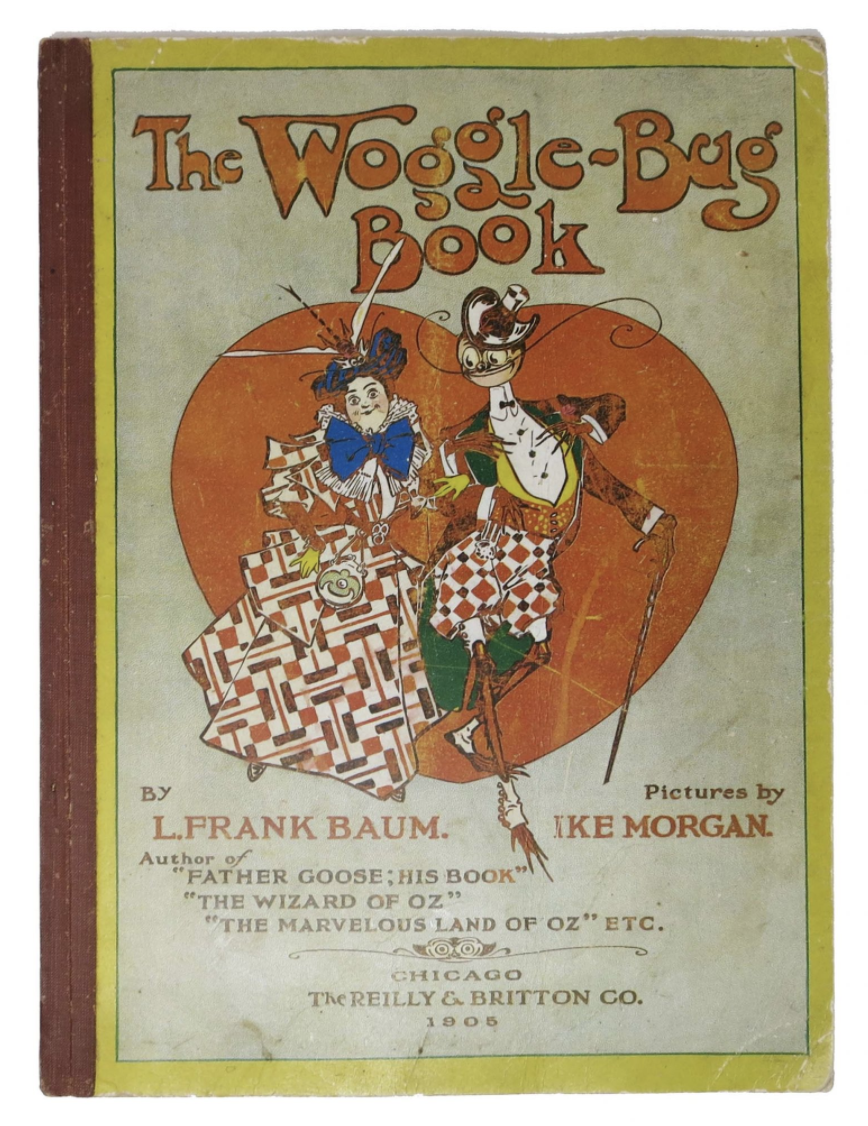
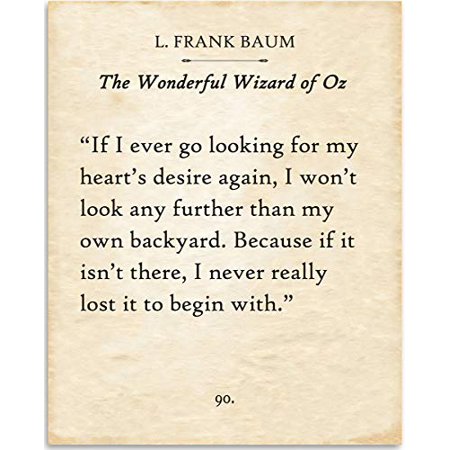
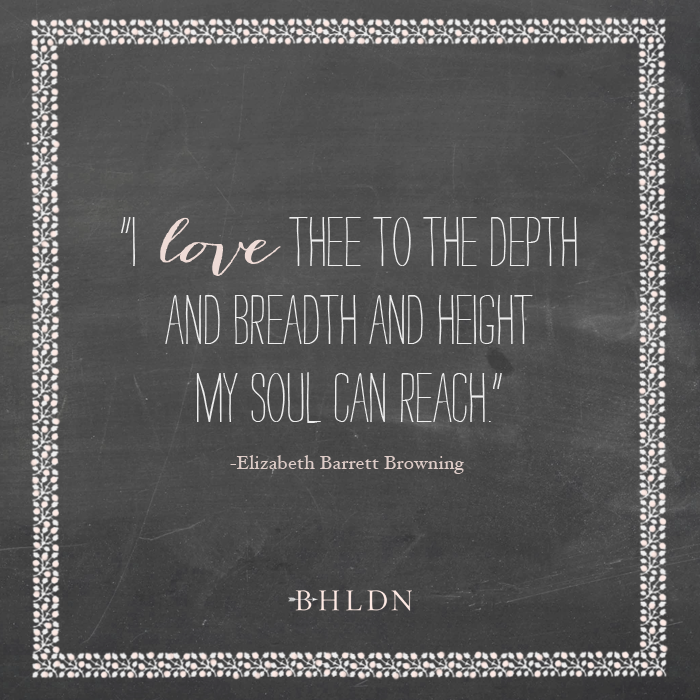
 A young illness affecting her spine and movement led to Elizabeth being given (and then continuously taking) laudanum, morphine and opium as a child for pain. Being addicted to these somewhat serious drugs and taking them throughout her lifetime is generally acknowledged to both have helped and hindered her in life. Her constant frail health was negatively affected by these chemicals, but they also may have contributed to her originality and imagination when writing her poetry.
A young illness affecting her spine and movement led to Elizabeth being given (and then continuously taking) laudanum, morphine and opium as a child for pain. Being addicted to these somewhat serious drugs and taking them throughout her lifetime is generally acknowledged to both have helped and hindered her in life. Her constant frail health was negatively affected by these chemicals, but they also may have contributed to her originality and imagination when writing her poetry.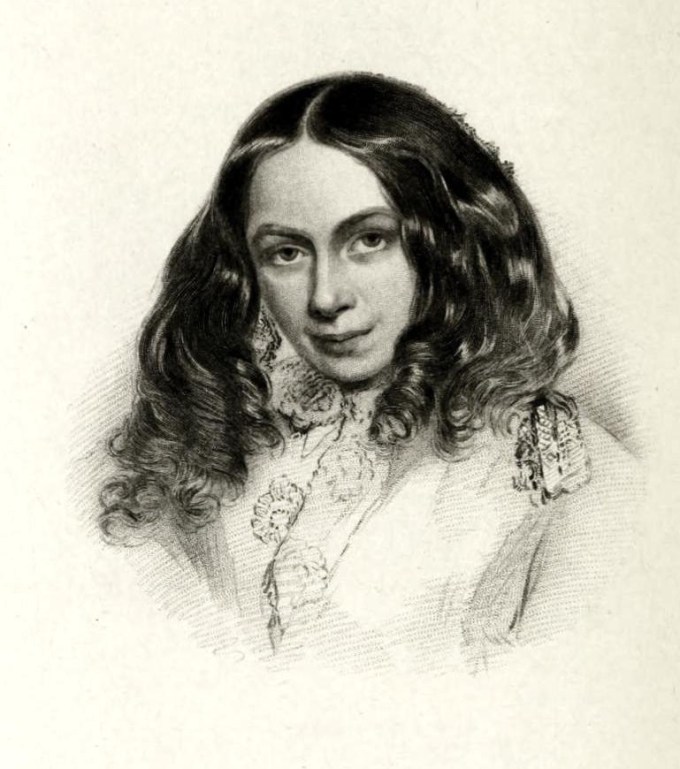 In 1841 Elizabeth’s life seemed to begin to turn itself around. She was struck with a few years of intense creativity, which led to the publication of several of her greatest works. Her 1842 poem “The Cry of the Children” published in a Blackwoods magazine helped bring about child labor law reform. In 1844 she published not one but two volumes of poetry, which were immediate successes. She was suddenly a household name. It was her poetry that inspired one Robert Browning to write to her and tell her of his love for her writing. They met and instantly became ardent devotees of the other. Both Browning and Barrett’s works improved (despite their work already being popular with the public). After meeting Browning, Barrett published her most famous works Aurora Leigh and Sonnets from the Portuguese. The marriage between Browning and Barrett was carried out in secrecy, and once found out Barretts father disinherited her (as he funnily enough did to all his children who married). They made their permanent residence in Italy, where they raised their son, Pen, and befriended many influential writers and artists of the day.
In 1841 Elizabeth’s life seemed to begin to turn itself around. She was struck with a few years of intense creativity, which led to the publication of several of her greatest works. Her 1842 poem “The Cry of the Children” published in a Blackwoods magazine helped bring about child labor law reform. In 1844 she published not one but two volumes of poetry, which were immediate successes. She was suddenly a household name. It was her poetry that inspired one Robert Browning to write to her and tell her of his love for her writing. They met and instantly became ardent devotees of the other. Both Browning and Barrett’s works improved (despite their work already being popular with the public). After meeting Browning, Barrett published her most famous works Aurora Leigh and Sonnets from the Portuguese. The marriage between Browning and Barrett was carried out in secrecy, and once found out Barretts father disinherited her (as he funnily enough did to all his children who married). They made their permanent residence in Italy, where they raised their son, Pen, and befriended many influential writers and artists of the day.

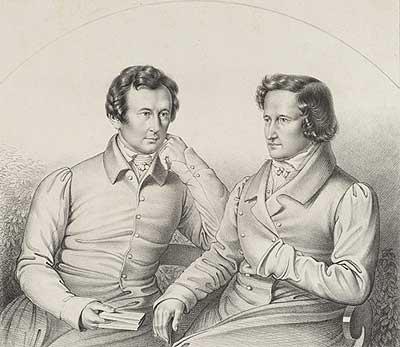 The two attended the University of Marburg together, where they tried to study law. I say “tried”, because here the brothers once again met adversity due to their reduced social status. Treated as outcasts, without the benefit of receiving financial aid or stipends as some of the wealthier students received (explain THAT one, if you can), the brothers once again turned to each other for comfort and worked hard in their studies. It was at the University of Marburg that the pair first became interested in medieval German literature and more simplistic, romantic ways of writing that the modern day seemed to have forgotten. This interest in folklore and poetry and traditional “German” culture influenced the brothers for the rest of their lives. They wished to see the unification of the over 200 principalities into a single, unified state, and spent much of their time with their inspiring law professor Friedrich von Savigny and his friends. It was through these romantics that the Grimm brothers were introduced to the literary beliefs of Johann Gottfried Herder – a German philosopher who felt that literature of the area should revert back to simplicity, and focus more on nature, humanity and beauty. The boys credited their devotion to their studies in Germanic literature and culture as a saving grace in a dark time – outcasts amongst their peers. Wilhelm himself wrote, “the ardor with which we studied Old German helped us overcome the spiritual depression of those days.”
The two attended the University of Marburg together, where they tried to study law. I say “tried”, because here the brothers once again met adversity due to their reduced social status. Treated as outcasts, without the benefit of receiving financial aid or stipends as some of the wealthier students received (explain THAT one, if you can), the brothers once again turned to each other for comfort and worked hard in their studies. It was at the University of Marburg that the pair first became interested in medieval German literature and more simplistic, romantic ways of writing that the modern day seemed to have forgotten. This interest in folklore and poetry and traditional “German” culture influenced the brothers for the rest of their lives. They wished to see the unification of the over 200 principalities into a single, unified state, and spent much of their time with their inspiring law professor Friedrich von Savigny and his friends. It was through these romantics that the Grimm brothers were introduced to the literary beliefs of Johann Gottfried Herder – a German philosopher who felt that literature of the area should revert back to simplicity, and focus more on nature, humanity and beauty. The boys credited their devotion to their studies in Germanic literature and culture as a saving grace in a dark time – outcasts amongst their peers. Wilhelm himself wrote, “the ardor with which we studied Old German helped us overcome the spiritual depression of those days.” The brothers did not immediately turn to transcribing Germanic folklore for the masses. As they were solely responsible, as the oldest boys (primarily Jacob) of the family, for their sibling and mother’s livelihood (because that’s what they needed… more stress), Jacob accepted a job in Paris as assistant to his once-professor (von Savigny). On his return to Marburg he gave this post up to take a job with the Hessian War Commission. Their circumstances remained dire – as it seemed almost impossible for Jacob to support them all on his own. Food was often scarce and the brothers suffered emotionally. In 1808, Jacob found a more appropriate (to his interests) job as the librarian to the King of Westphalia, and soon after went on to become the librarian in Kassel, where the two boys had attended their gymnasium (high school, for all intents and purposes). Jacob supported his siblings once their mother passed away, and he even paid for Wilhelm to receive medical attention that year to seek treatment for respiratory problems. After Wilhelm’s recovery, he joined his brother as a librarian in Kassel.
The brothers did not immediately turn to transcribing Germanic folklore for the masses. As they were solely responsible, as the oldest boys (primarily Jacob) of the family, for their sibling and mother’s livelihood (because that’s what they needed… more stress), Jacob accepted a job in Paris as assistant to his once-professor (von Savigny). On his return to Marburg he gave this post up to take a job with the Hessian War Commission. Their circumstances remained dire – as it seemed almost impossible for Jacob to support them all on his own. Food was often scarce and the brothers suffered emotionally. In 1808, Jacob found a more appropriate (to his interests) job as the librarian to the King of Westphalia, and soon after went on to become the librarian in Kassel, where the two boys had attended their gymnasium (high school, for all intents and purposes). Jacob supported his siblings once their mother passed away, and he even paid for Wilhelm to receive medical attention that year to seek treatment for respiratory problems. After Wilhelm’s recovery, he joined his brother as a librarian in Kassel. 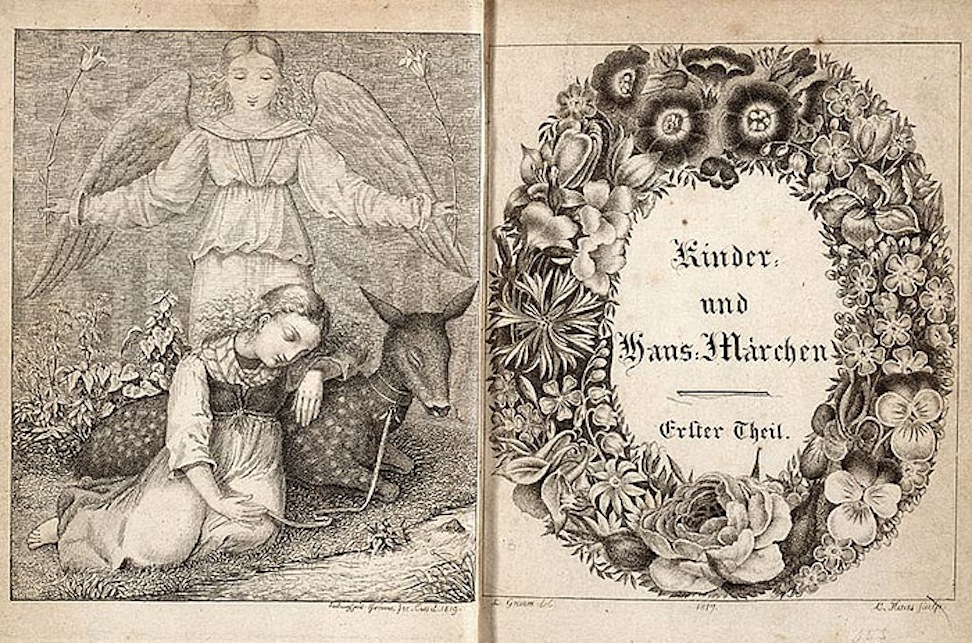
 After being slighted for a job promotion, the brothers eventually moved to Göttingen where they became professors of German studies at the University (Jacob also as head librarian), and continued to write and publish works on Germanic folklore, mythology and country tales for a few years. The brothers moved to Berlin in their later years, working at the University of Berlin and also editing their German Dictionary, which would become one of their most prominent works.
After being slighted for a job promotion, the brothers eventually moved to Göttingen where they became professors of German studies at the University (Jacob also as head librarian), and continued to write and publish works on Germanic folklore, mythology and country tales for a few years. The brothers moved to Berlin in their later years, working at the University of Berlin and also editing their German Dictionary, which would become one of their most prominent works. 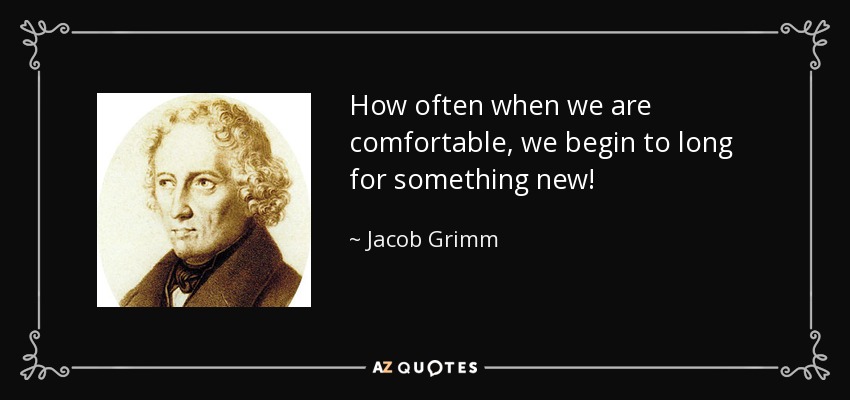
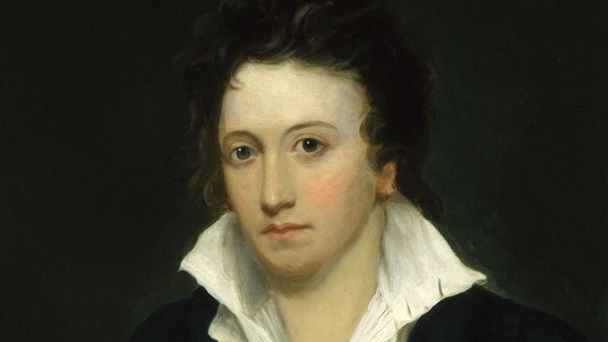

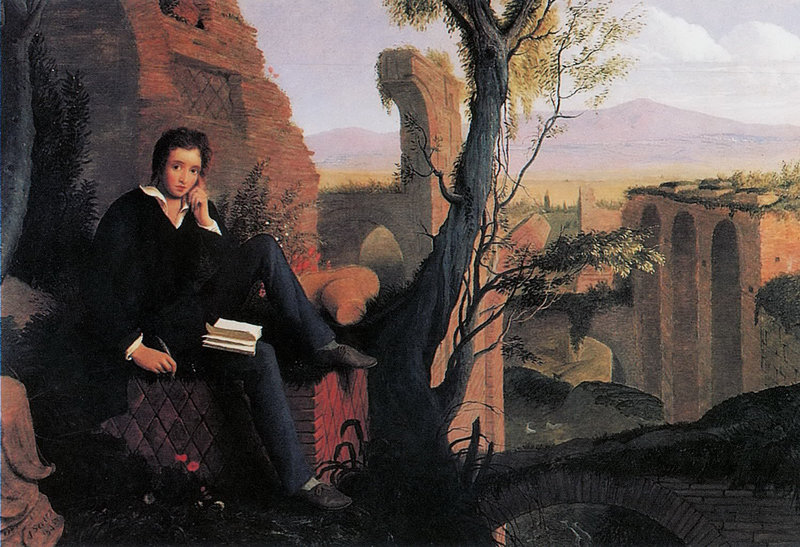 In the summer of 1816, Shelley befriended one of his first powerful and influential authors – Lord Byron. Percy and Mary spent a season with Byron in Switzerland – the summer ended up being one of the most important of Shelley’s life. Byron helped inspire the young radical, and Shelley wrote his romantic poem Hymn to Intellectual Beauty after an afternoon with Byron. It was during this summer, funnily enough, that Byron’s guests and friends were inspired to have a horror write-off. This writing competition of sorts was the inspiration behind Mary Shelley’s Frankenstein. Upon their return to England at the end of the year, it was discovered that Shelley’s wife, Harriet, had committed suicide. As unfortunate as the event was, it incited Shelley and Mary to finally marry. The two settled in a small hamlet in Buckinghamshire, where they befriended poets John Keats and Leigh Hunt – both of which would prove to be invaluable friends to Shelley in his last years. It was in these years that Shelley wrote and published a bulk of his most well-known works, including The Revolt of Islam and Prometheus Unbound, the latter of which is widely considered to be his most beloved epic work.
In the summer of 1816, Shelley befriended one of his first powerful and influential authors – Lord Byron. Percy and Mary spent a season with Byron in Switzerland – the summer ended up being one of the most important of Shelley’s life. Byron helped inspire the young radical, and Shelley wrote his romantic poem Hymn to Intellectual Beauty after an afternoon with Byron. It was during this summer, funnily enough, that Byron’s guests and friends were inspired to have a horror write-off. This writing competition of sorts was the inspiration behind Mary Shelley’s Frankenstein. Upon their return to England at the end of the year, it was discovered that Shelley’s wife, Harriet, had committed suicide. As unfortunate as the event was, it incited Shelley and Mary to finally marry. The two settled in a small hamlet in Buckinghamshire, where they befriended poets John Keats and Leigh Hunt – both of which would prove to be invaluable friends to Shelley in his last years. It was in these years that Shelley wrote and published a bulk of his most well-known works, including The Revolt of Islam and Prometheus Unbound, the latter of which is widely considered to be his most beloved epic work.